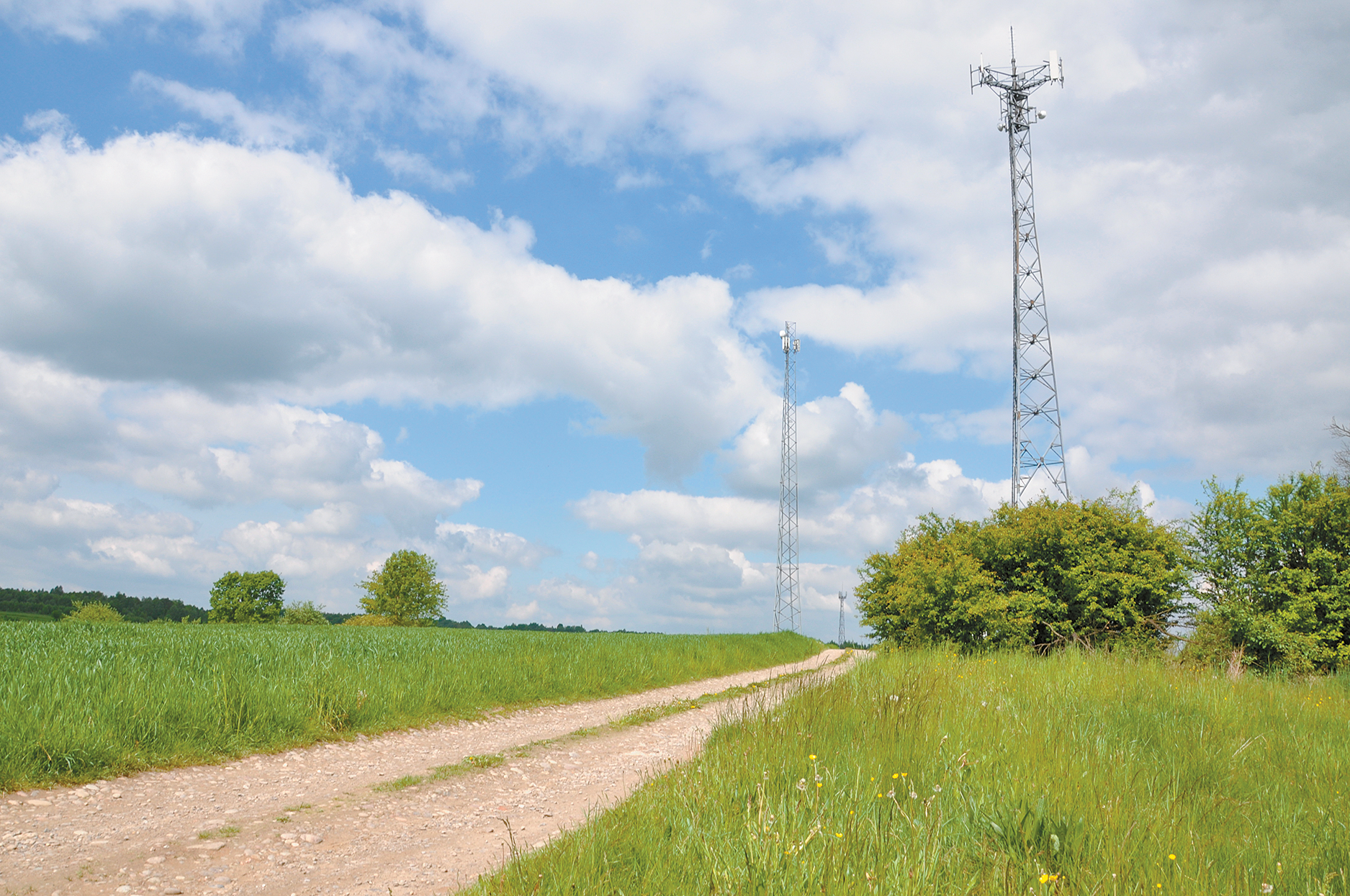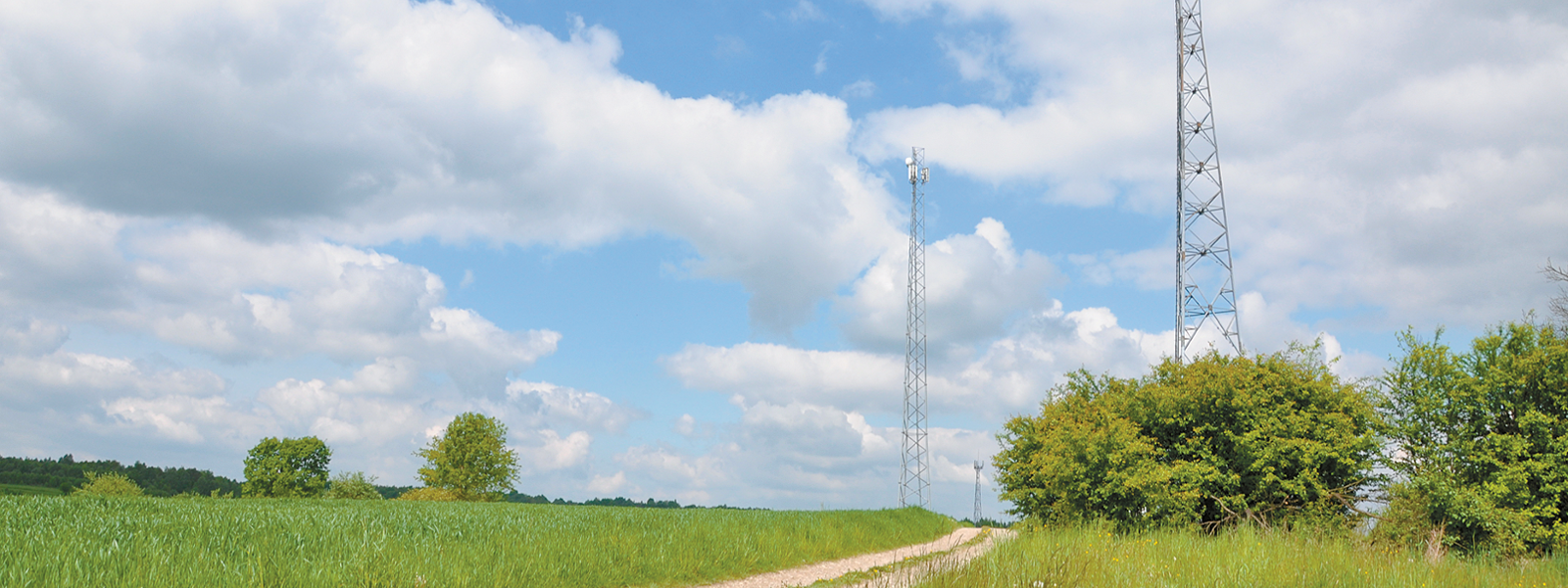Commentary: High-speed internet is vital for farms, rural regions

With farmers relying on internet connectivity for everything from irrigation scheduling to tracking livestock health, rural communities and economies need fast, reliable and affordable broadband.


By Tod Kimmelshue
By 2050, there will be nearly 10 billion people in the world. To California farmers, this is a staggering number and an opportunity to produce more food to meet the growing need.
According to a report from the World Resources Institute, as the population is expected to grow from 7 billion people in 2010 to 9.8 billion in 2050, food demand is projected to increase by more than 50% and demand for animal-based foods by nearly 70%.
As California farmers continue to curb water use and reduce greenhouse gas emissions, we all agree that they face a significant challenge in growing more food to serve the world’s population.
Today’s demands require California farmers and ranchers to embrace technology that makes their operations more efficient and environmentally friendly. Farmers use precision agricultural techniques to make informed decisions about fertilizer needs, water conservation, and the appropriate type and amount of herbicides or pesticides.
To provide further access to new technologies, it is important that California farmers and ranchers have access to high-speed broadband internet. Yet for nearly 77,000 farms that employ more than 400,000 individuals across California and grow the food for grocery stores and restaurants, accessing high-speed internet is often a challenge.
Technology is changing the agriculture industry, and anyone not connected will fall behind.
As a fifth-generation farmer and a Butte County supervisor who represents the largest agriculture district in the county, I understand how critical it is that we work together to make sure our agricultural industry is successful and thriving.
California produces more than one-third of the nation’s vegetables and two-thirds of its fruits and nuts. This production accounted for more than $51 billion in 2021.
The future of sustainable farming in California will rely on having access to fast, affordable and reliable broadband. Having access to broadband and agricultural technology is key to producing more food in a sustainable manner while also competing in a modern economy.
Greater connectivity means that farmers can use smartphone apps to track the health of livestock, use precision agriculture, optimize irrigation scheduling, run modern farming equipment and upload files to the cloud.
That is why I support reforming state regulations to incentivize delivering broadband to California’s rural communities along with taking advantage of the historic investment in broadband from the federal and California state government to connect rural communities to reliable, affordable high-speed internet.
This isn’t just about the future of agriculture. As a community leader, I understand that California’s rural communities need access to health care, emergency services, government services, and educational and business opportunities. In many cases, broadband is the only link to these vital services.
The 21st century ushered in vast technological advancements that have changed just about every facet of our lives. It has changed the way we communicate, receive healthcare and do business. And believe it or not, it has enhanced the way we grow the food on our dinner tables.
We also need more connectivity to help stem exodus from California’s rural areas. Many of our rural community leaders fear that the younger generation will migrate to urban communities for jobs and other opportunities, creating a challenge to recruiting and retaining workers.
The expansion of broadband connectivity will help young workers stay in the communities they grew up in, which will strengthen community ties and support economic activity in rural areas.
There is no question that everyone, including state policymakers, must share a vision where no Californian is left offline. Our digital infrastructure and telecommunications regulations need to be as forward-thinking as our aspirations.
Just as we once committed to bringing water and landlines to rural communities, we must commit to bringing modern broadband technology to rural families and small businesses.
California’s rural communities can’t afford to be left behind, and the state can’t afford to leave us behind either. Technology infrastructure and forward-looking policies are key to transforming California’s food industry and delivering prosperity in rural communities. High-speed fiber broadband lets us have more efficient and sustainable ways to monitor crops, water supply, nutrients and pests.
Investing in digital connectivity is both a technological advancement and a vital step towards sustaining California’s agricultural legacy and maintaining the strength of its communities.
(Tod Kimmelshue is chair of the Butte County Board of Supervisors, a fifth-generation farmer and past president of the Butte County Farm Bureau. He may be contacted at TKimmelshue@buttecounty.net.)




